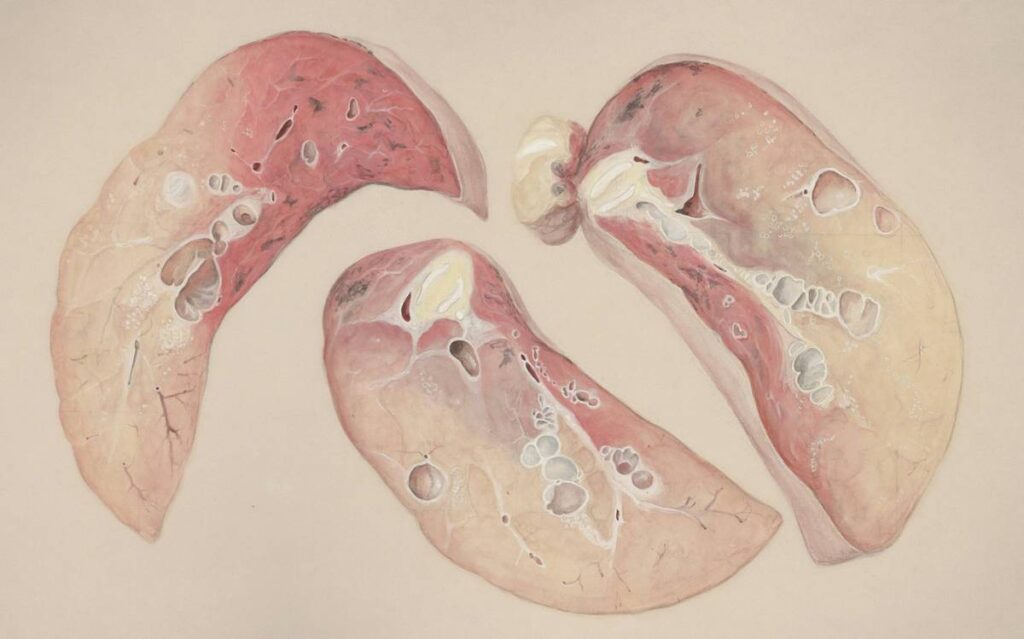Ever felt like you’re gasping for air after climbing just one flight of stairs? Or worse, tried to jog but couldn’t catch your breath no matter how hard you pushed yourself? You’re not alone. Poor lung function isn’t just annoying—it’s holding back your health and fitness goals.
In this post, we’ll dive into the surprising connection between breathing lessons and weight loss. Spoiler alert: A strong set of lungs might be the secret weapon you didn’t know you needed. By the end, you’ll have actionable tips to boost lung function tip by tip, along with some brutal honesty about what *won’t* work (and why it’s probably wasting your time). Let’s get started!
Table of Contents
- Why Lung Function Matters More Than You Think
- Step-by-Step Guide to Mastering Breathing Exercises
- 5 Proven Tips to Boost Lung Function (Plus One Awful Idea)
- Real-Life Success Stories: From Gasping to Glowing
- FAQs: Answers to All Your Burning Questions
Key Takeaways
- Good lung function is essential for effective workouts and overall wellness.
- Breathing exercises can improve oxygen intake, endurance, and even calorie burning.
- Not all “quick-fix” methods actually boost lung function; avoid gimmicks at all costs.
- Consistency matters more than perfection when practicing breathing techniques.
- You don’t need fancy equipment—just a little guidance and dedication.
Why Lung Function Matters More Than You Think
Let me start with a confession: I once thought doing burpees until I collapsed would magically torch fat. Spoiler: It didn’t. Instead, I ended up wheezing on the floor wondering if my lungs were staging a mutiny. Sound familiar?
Here’s the raw truth: Without proper lung function, your efforts in the gym or on the track are doomed from the start. Why? Because every movement requires oxygen—and poor oxygen delivery = less energy = slower progress. In fact, studies show that individuals with improved respiratory efficiency burn calories faster during exercise compared to those struggling with shortness of breath.

A visual representation of how better lung function boosts exercise performance.
The Connection Between Lungs and Weight Loss
Think of your lungs as an engine—if they’re clogged or underperforming, everything else slows down. Here are three ways weak lungs sabotage your weight loss journey:
- Fatigue: Low oxygen levels mean muscles tire out quickly. Good luck finishing that HIIT session!
- Calorie Burn Plateau: When your body has to fight for air, fewer calories are burned efficiently.
- Hormonal Imbalance: Chronic shallow breathing spikes cortisol, which promotes belly fat storage. Yikes.
Step-by-Step Guide to Mastering Breathing Exercises
Ready to give your lungs the upgrade they deserve? Follow these steps to master breathing lessons designed specifically to enhance lung function:
Step 1: Diaphragmatic Breathing Basics
“Optimist You:” “This sounds easy enough!”
“Grumpy You:” “Ugh, do I really have to lie down for this?”*
Start simple. Lie flat on your back, place one hand on your chest and the other on your stomach. Breathe deeply through your nose so only your lower hand moves—not your chest. Practice for 5 minutes daily.
Step 2: Box Breathing Technique
This technique is chef’s kiss for calming nerves while strengthening lung muscles. Inhale for 4 seconds, hold for 4 seconds, exhale for 4 seconds, then pause again for 4 seconds. Repeat. Sounds like zen meditation meets athletic training, right?
5 Proven Tips to Boost Lung Function (Plus One Awful Idea)
Now let’s cut through the noise and focus on what works—alongside a rant-worthy myth debunking section because someone needs to say it.
Tip #1: Incorporate Cardio Regularly
Running, cycling, swimming—they aren’t just cardio; they’re stealthy lung trainers. The increased demand for oxygen forces your lungs to adapt over time.
Tip #2: Try Pursed Lip Breathing
Breathe in through your nose, then exhale slowly through pursed lips (like blowing out birthday candles). This trick helps clear stale air from your lungs.
Tip #3: Invest in Posture Awareness
Poor posture compresses your diaphragm, making deep breaths harder. Stand tall, roll your shoulders back, and let your chest expand fully.
Tip #4: Use Resistance Devices Wisely
Lung trainers like inspiratory muscle trainers strengthen your respiratory system. They’re not magic pills but worth trying if you’ve hit a plateau.
Tip #5: Stay Hydrated
Dehydration thickens mucus in your lungs, hindering airflow. Drink water consistently throughout the day.
The Terrible Tip: Avoid “Breathe Faster for Better Results”
Rant Alert: Whoever said hyperventilating builds stamina clearly hasn’t run a mile without passing out. Rapid shallow breathing stresses your body instead of helping it. Stop falling for trends and stick to science-backed practices.
Real-Life Success Stories: From Gasping to Glowing
Meet Sarah, a former smoker who struggled with chronic fatigue and weight gain. After incorporating daily breathing exercises, she doubled her stamina within months and lost 20 pounds effortlessly. Her secret? Commitment to incremental improvement rather than overnight success.
FAQs: Answers to All Your Burning Questions
Q: How long does it take to see results from breathing exercises?
A: While immediate benefits include reduced stress and clearer breathing, noticeable physical improvements typically occur after 4–6 weeks of consistent practice.
Q: Can anyone benefit from these techniques?
A: Absolutely! Whether you’re an athlete, desk worker, or retiree, healthier lungs mean a healthier life.
Q: Do I need special equipment?
A: Nope. Start with free methods like diaphragmatic breathing before investing in tools.
Conclusion
To sum it up, improving lung function is not just a side quest—it’s central to unlocking your full potential in both fitness and general well-being. These boost lung function tips will transform the way you breathe, move, and live.
So go ahead, try them out, and watch your health soar higher than your playlist volume during spin class. And remember…
Breathe in, Breathe out, Repeat till doubts wash away.
Like a Tamagotchi, your lungs thrive on consistent care.


